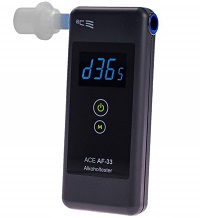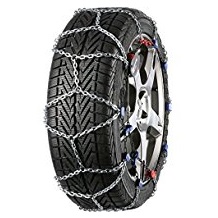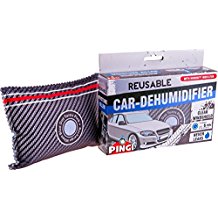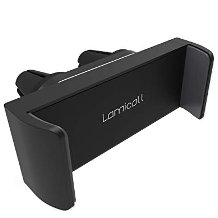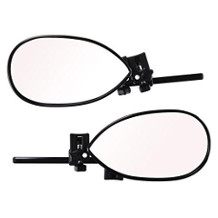Baby car seat purchasing advice: how to choose the right product
- The most important in a nutshell
- A baby car seat is used for the safe transport of infants in the vehicle. Babies assume a curved lying position in it.
- Baby car seats, like child seats, are also subject to strict safety standards. When buying, look for a valid ECE seal.
- For fastening in the car serves either a suitable ISOFIX base station or the vehicle belt.
- If the infant’s head reaches the top of the infant carrier, it is too small and you will need to go to a larger model.
- If you mount the infant carrier on the front passenger seat, you must deactivate the front airbag.
For safe transport from birth
For their own safety, adults are required to wear seat belts in the vehicle. However, children, especially babies, are too small to be adequately protected by the vehicle seat belt. They must be transported in a suitable child seat. According to the current i-Size standard, children are only allowed to ride in the car in the direction of travel from the age of 15 months. Until then, they need a child seat variant, which is installed against the direction of travel.
Rear-facing restraint provides more safety in a frontal collision, pushing the baby or toddler into the seat instead of being thrown forward. Thus, the neck is significantly less stressed and also the head is better protected. If you want to transport your newborn home from the place of birth by car, you should already take care of a suitable restraint system during pregnancy.
Lying instead of sitting
Since babies cannot yet sit independently, they should only ride in the car lying down. Forcing them into a sitting position will harm their spine, which is still growing. Later posture problems can be the result. Although there are also seats for infants that can be permanently installed in the car, which can be tilted into a reclining position and are therefore also suitable from birth, the classic is the baby car seat with carrying handle.
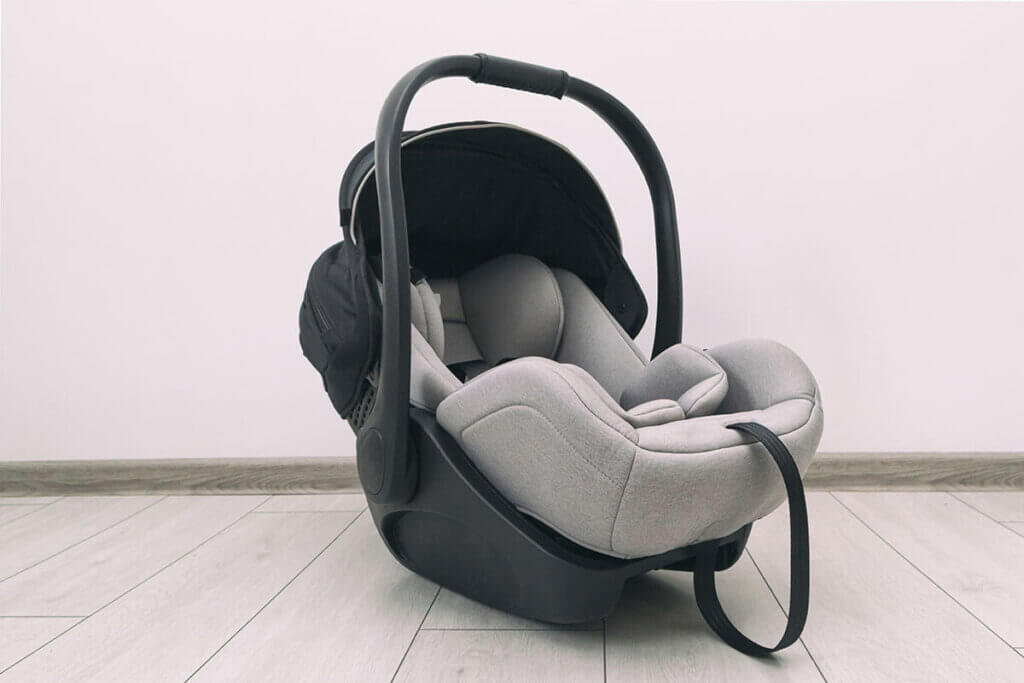
Baby seats are child car seats specially designed for babies up to the age of 13 kilograms or a maximum height of 105 centimeters. Instead of sitting upright like in a car seat, babies lie curled up in the infant carrier. The neck and head are fully supported by the front edge of the shell. A belt system additionally secures them.
Mobile and versatile
Baby car seats have the advantage that they can also be used outside the vehicle. In it, for example, you can carry your offspring sleeping from your home to the car and back. Some infant carriers can even be used as a stroller attachment. Note, however, that the curved lying position in the baby car seat is not optimal for the still sensitive spine. A baby car seat is not suitable for extended walks or as a long-term sleeping accommodation. Especially in the first three months of your baby’s life, you should limit the time in the car seat as much as possible and only take your offspring on short trips in the car.
All good things come in threes: Different child seat standards
In order to ensure sufficient safety, child seats and infant carriers approved for retail sale must meet certain requirements. For this purpose, the Economic Commission for Europe (ECE) sets safety standards for which the seats are tested before they are approved. Child seats that meet the current legal requirements receive an ECE test seal and may therefore be sold and used.
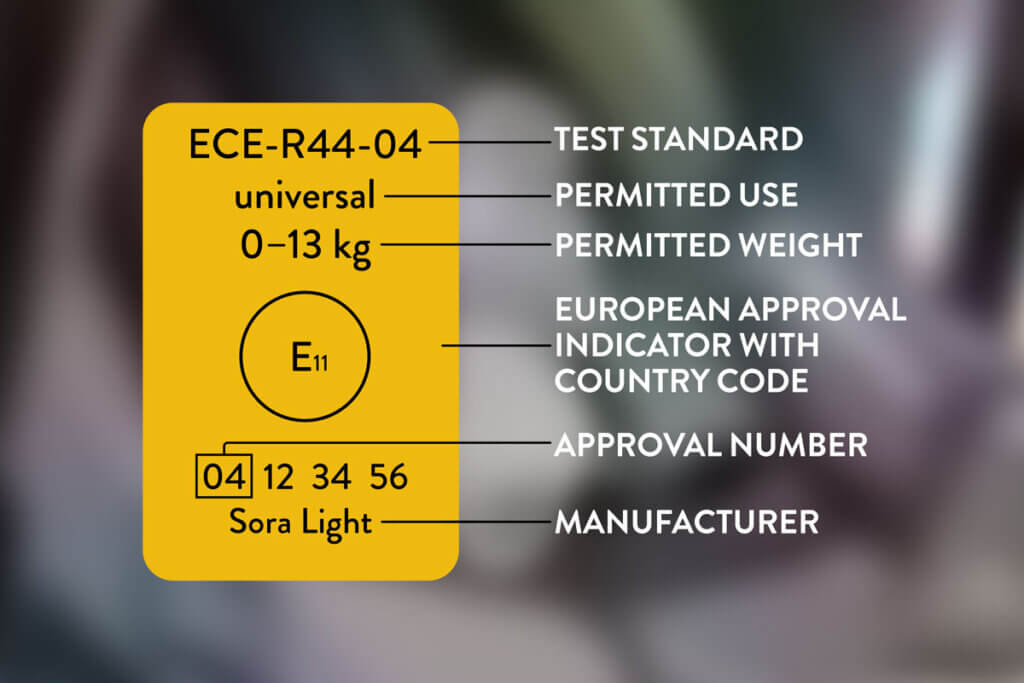
Three ECE standards have already been approved in parallel for several years. The oldest of these is the UN ECE Reg. 44/03, which entered into force in 19995. Since 2005, it has been regulated by the UN ECE Reg. 44/04 supplemented. From 2012, the latest standard UN ECE Reg. 129, commonly referred to as i-Size, is in effect.
UN ECE Reg. 44/03 and 04: Classification by weight
The two ECE-44 standards divide child seats into five classes according to approved weight. Baby seats for infants weighing up to 10 kilograms belong to class 0 and can be mounted transversely or rearward facing in the vehicle. Class 0+ includes infant carriers that are approved for babies weighing up to 13 kilograms and are fastened in a rearward-facing position. The remaining three classes are assigned to child seats for older offspring.
Child seats that are approved according to these standards must withstand frontal crash tests in the test procedure and are secured in the car either with the vehicle seat belt or via ISOFIX.
UN ECE Reg. 129 (i-Size): Increased safety standards
The new ECE i-Size regulation has the twin goals of further improving the safety of infant carriers and child seats and simplifying their use, especially installation in the car. Instead of weight, i-Size subdivides child seats by height. This is to prevent switching to a larger model too soon. The size range for their baby car seats is determined by the manufacturers.
In addition to frontal impact tests, i-Size child seats must also pass side impact testsin the test procedure. In addition, the UN ECE Reg. 129 stipulates that the seats must be fitted with the ISOFIX fastening system to reduce the risk of incorrect installation.
The differences at a glance
The older ECE-44 standards and the i-Size standard differ primarily in the classification of child seats, the prescribed crash tests and the type of fastening. In addition, the specifications differ for the period during which babies and toddlers are not allowed to ride forward in the car.
| ECE standard | UN ECE REG. 44/03 + 04 | UN ECE Reg. 129 (i-Size) |
| Child seat division | By body weight | According to height |
| Prescribed impact tests | Frontal | Frontal and lateral |
| Mounting in the vehicle | With ISOFIX or vehicle seat belt | With ISOFIX |
| Reverse driving | Up to a body weight of 9 kg | Up to the age of 15 months |
Fastening with belt or ISOFIX
No matter how high quality a baby car seat is made, if it is not properly secured in the vehicle, it cannot provide reliable protection. Baby car seats approved according to current standards are mounted on the car seat either with the vehicle belt or via ISOFIX. For many models, both types of mounting are possible.
ISOFIX: Easy to assemble and firmly anchored
ISOFIX is a standardized, fixed connection between child seat and vehicle. For this purpose, the vehicle must have appropriate ISOFIX mounts. An ISOFIX babycar seat is equipped with a base station that is anchored in the holders with matching hooks. You then only need to place the baby seat on the base and snap it into place. Easy operation reduces the risk of installation errors. In addition, the insertion is particularly fast. Clicking the infant carrier onto the base station can also be done easily with one hand on most models – a great advantage if you travel alone with your baby more often and hold him in your arms during installation.
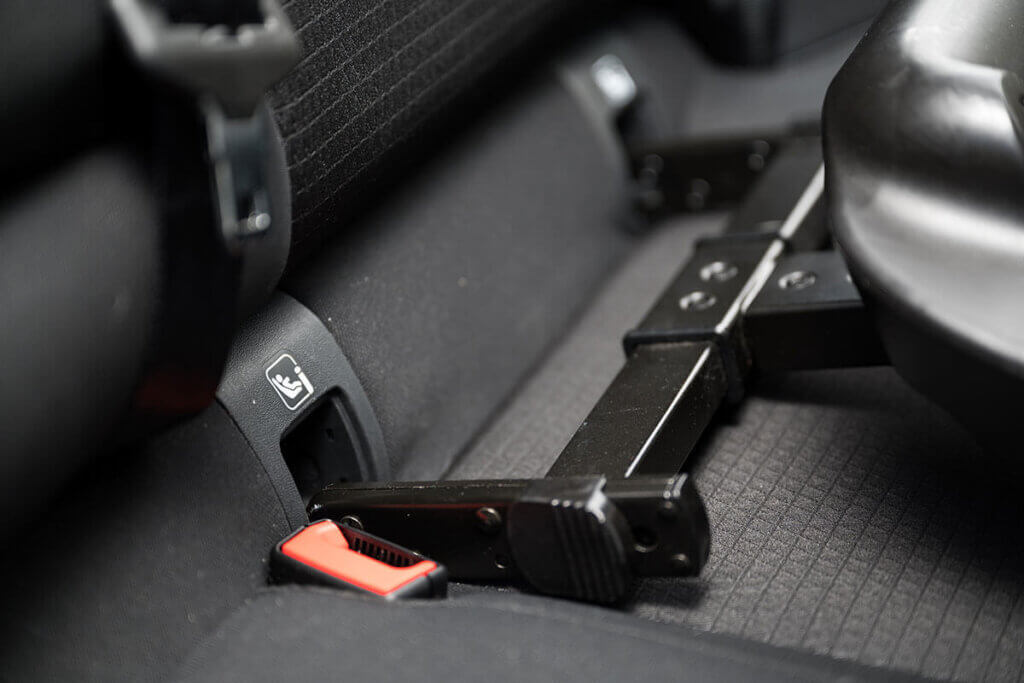
However, not every ISOFIX baby car seatis compatible with all vehicles. Therefore, be sure to observe the type list when buying. On it, manufacturers indicate in which vehicles the baby car seats can be installed. In addition, infant carriers with a base station are more expensive than harness-mounted models. Therefore, it is worth choosing a baby car seat with a base station, which can also be used with child seats for older children. Then you do not need a new ISOFIX basewhen changing to the next larger seat. Rotatable base stationsare also practical. On these, for example, you can turn the baby seat in your direction for easier buckling of your infant.
Advantages
- Secure connection with the vehicle
- Quick and easy mounting
- Low risk of installation errors
Disadvantages
- Not compatible with all vehicles
- Expensive
Belt system: Inexpensive and universally usable
Some vehicles only have ISOFIX mountson the outside rear seats, while some older cars still lack them completely. If you want to use your infant carrier in such a vehicle, you will need a version that you can fasten with the vehicle’s seat belt. These models have several attachment points through which you pass the seat belt. The attachment points may differ depending on the model.
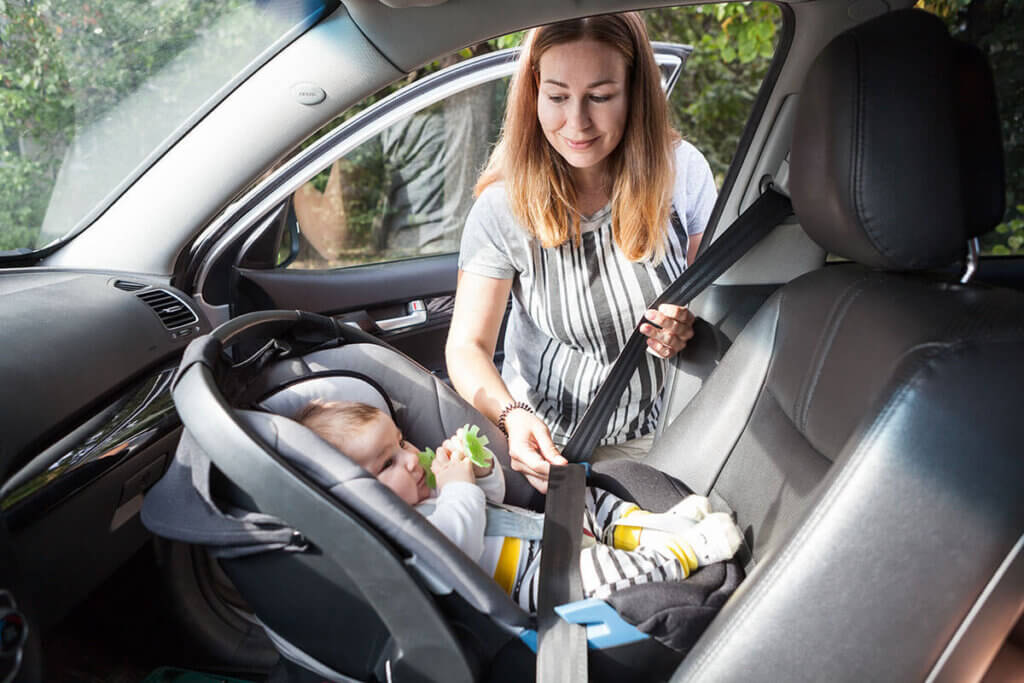
Baby car seats with belt attachment are suitable for use in any vehicle and on any seat with a three-point safety belt. They are also cheaper than versions with ISOFIX station. However, installation takes longer than with ISOFIX modelsand is more complicated, leading to a higher risk of error. It is not possible to securely fasten the baby car seat with the harness system with just one hand.
Advantages
- Universally applicable
- Cheap
Disadvantages
- Increased risk of installation errors
- High installation effort
Other safety and comfort aspects
In addition to the ECE standard and the type of fastening, the size of the baby car seat is an important selection criterion. It decides significantly how long you can safely take your offspring in it in the vehicle. In addition, you should pay attention to the harness system, the weight of the baby car seat and the carrying handle.
The right size
According to the i-Size standard, manufacturers specify a minimum and maximum body height in centimeters for their infant carriers, for which the respective model is suitable. To ensure that the baby is well protected in the shell, it should not be too large; otherwise, he will slide back and forth in it. If the design is too small, the infant’s head protrudes over the upper edge of the infant carrier and is thus no longer adequately protected.
The appropriate size range is determined by the manufacturers and may vary from model to model. For most baby car seats, it is about 40 to 75 centimeters. Larger infant carriers are suitable for babies up to 90 centimeters tall. In such baby car seats, the minimum size is often 45 or 50 centimeters. Especially if you want to use the baby car seat from birth, it is important that it is not too big. If your offspring has outgrown the infant carrier and can already sit, you can switch to a reboarder child seat.
The padding
To ensure that baby car seats reliably protect the infant in the event of an impact and cushion shocks in the best possible way, they are equipped with padding. Most often there are corresponding pads under the back and head, and on both sides. Particularly important is the protection of the head and neck area. In addition to the protection, good padding provides a comfortable lying position. Infant carriers that can be used from birth often come with a newborn insert, also known as a seat reducer. This is additional padding that reduces the size of the infant carrier so that the newborn can lie in it protected without too much slack.
The belt system
To keep babies securely in the seat while driving, infant carriers are typically equipped with an integrated three-point harness. This runs over both shoulders and is strapped between the infant’s legs. To be able to adjust the harness system optimally to your baby, all components should be adjustable. Padding prevents the belt from cutting in or pressing uncomfortably. Ideally, buckling up works easily and quickly, so neither parents nor baby need to be impatient.
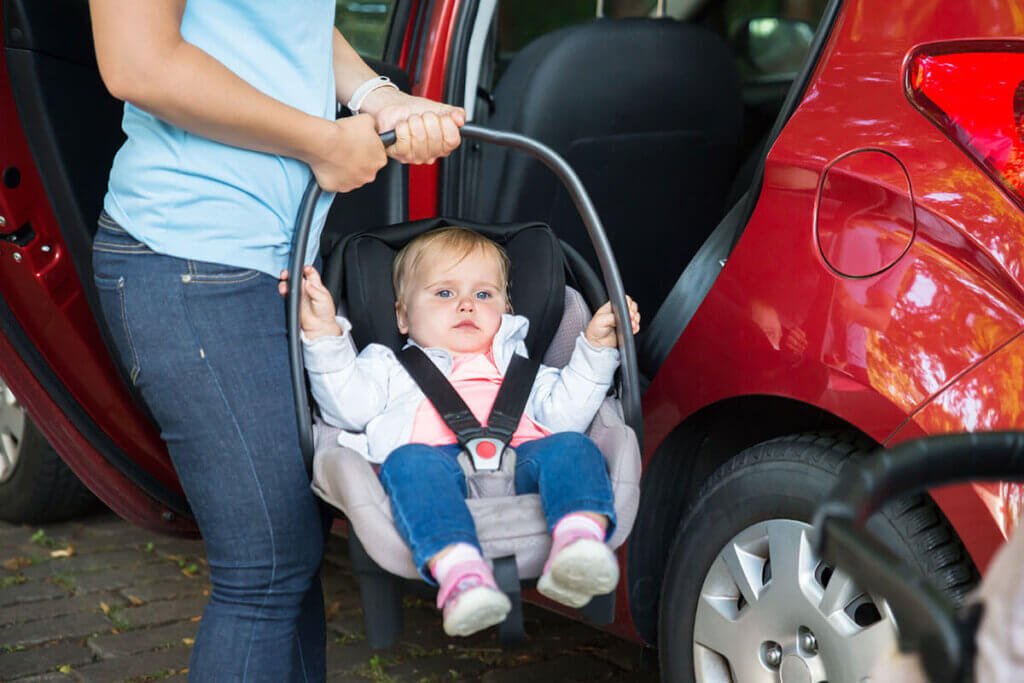
The reference
To protect the upholstery of the baby car seat, most models are equipped with removable covers. Alternatively, matching covers can be purchased separately. On the one hand, they protect the baby car seat from stains and signs of use. On the other hand, they ensure that your baby is particularly comfortable in the shell. Some infant carriers even come with multiple covers, such as a thin, breathable one for warm summer days and a thicker, cozy one for fall and winter.
Ideally, the cover of the baby car seat is tested for freedom from harmful substances, easy to remove and suitable for cleaning in the washing machine. Many covers you can wash in the machine at 30 degrees Celsius. Please refer to the washing instructions or the manufacturer’s instructions in the operating manual.
The weight
The weight of the infant carrier is particularly important for parents who carry their offspring in it more frequently and over longer distances. Most models weigh between three and five kilograms. The weight is influenced by the material of the shell, the side impact protection, the adjustment mechanism and the harness system. Particularly lightweight baby car seats are made from a mixture of plastic and glass or carbon fiber.
The carrying handle
Similar to the weight of the baby car seat, the carrying handle is also relevant for the comfort of the parents. It should be ergonomically shaped so that the shell is comfortable to wear. A rubberized grip surface provides a secure hold. Do not be put off by this if the handle wobbles slightly. This absorbs shocks when wearing the shell, for example when climbing stairs.
If you plan to carry your infant carrier for long distances, for example because you park your car further away from your home, a model with a carrying strap is a good solution. With one of these, you can carry the infant carrier hanging over your shoulder, so that its weight is better distributed and your arm is less stressed.
Safely on the road with baby car seat
To properly secure the infant carrier in the vehicle, follow the manufacturer’s instructions exactly. ISOFIX-compatiblemodels are particularly easy and safe to install. If you fasten the baby car seat with the vehicle seat belt, you better plan a little more time for the installation.
The right place in the vehicle
The safest place in the vehicle is considered to be the middle of the back seat. However, in most passenger cars, this is not suitable for mounting a baby car seat. Only rarely is the middle seat equipped with ISOFIX mounts, and a three-point seat belt is often not available either. The next safest alternative is the space behind the passenger seat. It also has the advantage that when you install it, you are on the side of the sidewalk away from the traffic.
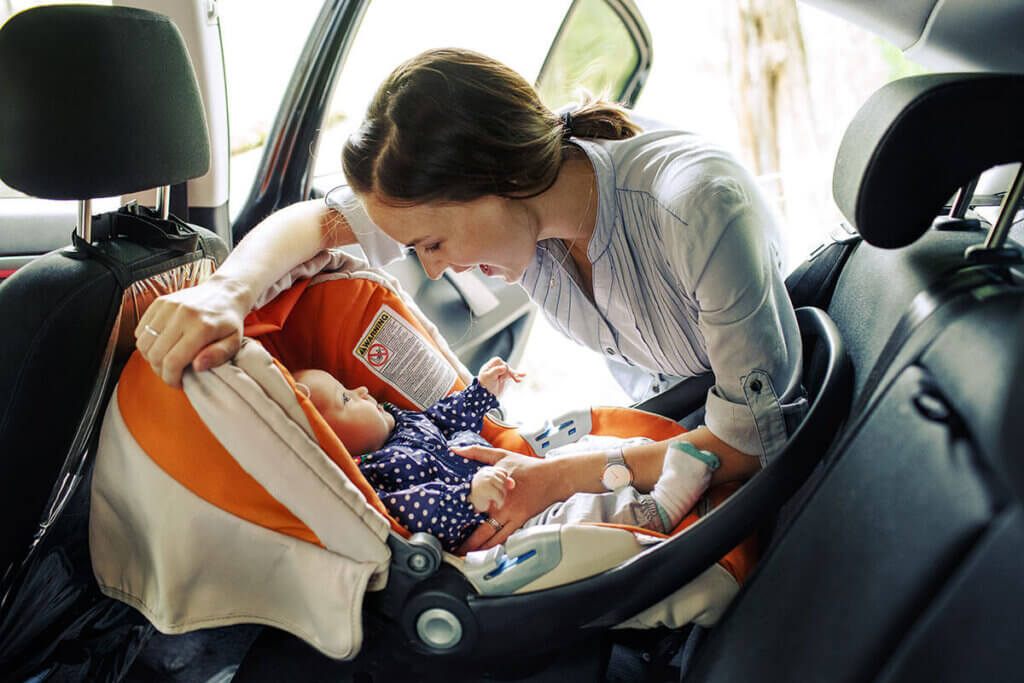
When traveling alone in a vehicle with their offspring, many parents prefer to have their infant next to them in the passenger seat, where they can keep a closer eye on him or her. It is important to note that this is only permitted if the front airbag on the passenger side is deactivated. Otherwise, the deploying airbag would collide with the baby seat in the event of a collision. If it cannot be switched off, the front passenger seat is no longer suitable for your baby.
Adjust carrying handle and strap baby securely
Once the infant carrier is securely in place in the vehicle, you still need to properly buckle your baby in it. Make sure that the outlet openings of both shoulder straps are set at shoulder height and adjust them if not. In addition, the harness should not be twisted at any point, but should lie straight and tight on your infant’s body. If your flat hand just fits between the harness and the baby’s upper body, the harness system is secure.
How the carrying handle of the baby car seat should be adjusted while driving may differ from model to model. It is best to follow the manufacturer’s recommendations in the operating instructions. For some infant carriers, the carrying handle should remain in place while driving, while for other models it is better to fold it up or down.
Road traffic has priority
A baby in the vehicle offers a high potential for distraction. Therefore, if possible, take a second adult with you who can sit next to your baby in the back seat and take care of it during the ride. Even if this is not possible, your full attention should be on the road traffic while driving. Even a quick glance at your offspring can have fatal consequences. If he is acting restless or you are unsure if he is okay, stop instead at the next opportunity to check on him calmly.
Air travel with baby seat
In the baby car seat your offspring can safely sit not only in the car. Under certain conditions, the restraint systems are also suitable for taking on board an airplane. For this, it is especially important that the baby car seat has been tested for safe use on an airplane in addition to its use in the car. It requires ECE approval for attachment with two-point belts. You can tell whether this test has been carried out and successfully passed by the baby car seat by the “For Use in Aircraft” seal.
Also note that you must reserve a separate seat for your offspring to travel in the infant carrier. Children up to the age of two are not entitled to one. Instead, they can fly along on an adult’s lap, where they can be secured with a loop harness. For many parents and their offspring, however, flying with a baby seat is a safer and more comfortable alternative.
How long can a baby car seat be used?
Especially baby car seats with ISOFIX stationare not exactly cheap. Therefore, it may seem like a good idea for parents to use the infant carrier for different babies in succession or to choose a used model. A maximum service life of four years is recommended. However, after an accident or a fall from a greater height, the baby car seat should not be used. Therefore, you should only purchase a used model from a trustworthy source, if at all.
Fig. 1: © Finalcheck | Fig. 2: © SkyLine / stock.adobe.com | Fig. 3: Finalcheck | Fig. 4: © Stephen Davies / stock.adobe.com | Fig. 5: © Kekyalyaynen / stock.adobe.com | Fig. 6: © Andrey Popov / stock.adobe.com | Fig. 7: © oksanazahray / stock.adobe.com
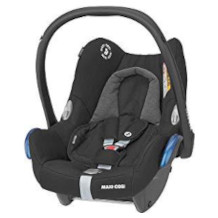
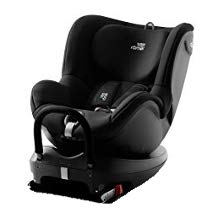
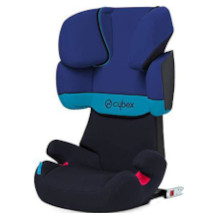
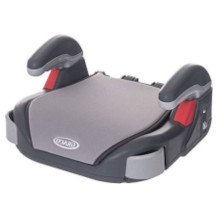






 69 reviews
69 reviews
